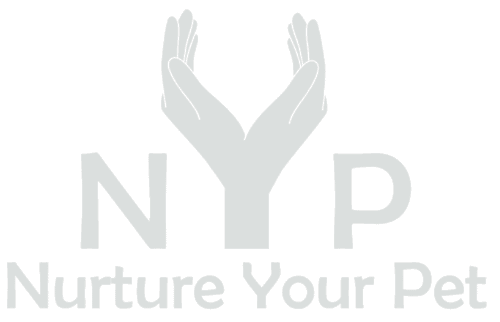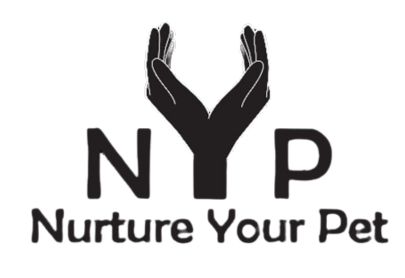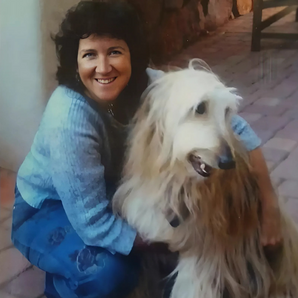Dogs might be pack animals, but that does not mean that you should bully your dog into ‘submission.’ You do not need to be the alpha to your dog; in fact, if you try, your efforts will likely backfire. When you are feeling anxious or particularly aggressive, having someone yell at you, punish you, or abuse you obviously does nothing to help the situation. This idea applies to dogs as well. The domination style of alpha training will usually lead your dog to either a) lash out at you in return or b) retreat inward out of fear. The latter may eventually result in the desired behavior, but you will ruin your relationship with your dog very quickly. Still, some pet owners continue to unsuspectingly employ these tactics.
To understand what constitutes as alpha behavior and why it is now regarded as an obsolete approach to dog training, I reached out to certified dog behaviorist, trainer, and pet food nutritionist, Lara Shannon. One of Australia’s most well-known animal welfare advocates and wildlife conservationists, Lara has combined her passion for keeping pets happy and healthy with her talent and experience as a TV Presenter, Producer, and Writer. Working with organizations like the World Wildlife Fund for Nature (WWF), Planet Ark and The Orangutan Project, she has become a distinguished ambassador for many of the world’s esteemed environmental brands. Lara is also the published author of two books: Eat, Play, Love (Your Dog) and World of Dogs, both of which are available internationally. She has been featured on pet-related TV shows such as The Pet Rescuers and is now the host of her own, Pooches at Play.

NYP: Do you believe in the idea of alpha training/’dominating’ your dog?
Shannon: The methods generally used in alpha training are not scientifically proven with most recent studies into dog behaviour and training, demonstrating that positive reinforcement is the best way to get the most out of your dog in your training, and in general to address any behavioural issues. Using dominance can often actually make problematic behaviours worse or create a whole new set of problems as it doesn’t actually address the underlying reason for the dog’s behaviour and can cause more anxiety and stress in your dog - which is often the root cause for many of the most common behaviour problems that I see.
NYP: What are a few examples of what you consider to be dominance dog training?
Shannon: Tactics used in dominance training are designed to be aversive to a dog (i.e., something they don’t like) and may even include confrontations like staring the dog down or physical maneuvers like forcing the dog to roll on to their side (known as an ‘alpha roll’). It can include things like harsh leash corrections should the dog go to walk through the door ahead of you (on the premise that the human should always go in or out before the dog, or always make them move out of the way, rather than stepping around them should they be laying on the floor). These are all based on the belief that the human should establish dominance as pack leader over the dog.
NYP: As a pet behaviorist, how do you feel when you see pet owners using negative reinforcement/punishment methods for training?
Shannon: As a dog owner I understand that some behaviours can cause a lot of frustration for owners and that telling them off, forcing them into a timeout, or taking something away from them can seem like a good idea at the time to teach the dog a lesson and show them that the unwanted behaviour has a consequence. However, as a pet behaviourist I know that often all that is doing is causing a lot of confusion, anxiety or fear in a dog when the behaviour has likely arisen from 1) not having been shown/taught the desired behaviour and having that behaviour reinforced; 2) the dog being put in a situation where it is displaying the behaviour due to environmental or other circumstances that need addressing [i.e., boredom, anxiety, frustration] or 3) having access to something they inherently can’t resist because it tastes good, feels good, looks fun, etc. It is often the lazy owner’s way of gaining control over their dog, rather than building on their bond and spending time on positive reinforcement training methods.
NYP: Can dominance training methods have a negative impact on your pet's behavior?
Shannon: Absolutely. It can create more anxiety and stress; even causing an already anxious dog to submit and shut down completely. It can cause not only physical problems but can also severely impact their mental wellbeing and corrode the very important human-animal bond.
NYP: What are the best ways to train an aggressive dog/’alpha’ dog?
Shannon: Having a rescue dog myself who is highly reactive/aggressive whenever he feels threatened or that he can’t control a situation, I know how tough it can be to know which way to turn and the best way to handle it. The key is to first understand why your dog is acting out in this way and what the underlying problem is, so that you can then implement the correct behaviour modification program. Many dogs actually act out aggressively due to fear and anxiety when they encounter a ’trigger.’ This could be another dog, an animal, a person or object, so in this case it is all about understanding what the trigger is so you don’t keep forcing them into situations where they encounter that threat and continually repeat their response. Instead, ensure they always have enough distance from the trigger so they remain calm, and you can then use positive reinforcement training to counter-condition and desensitize them to the threat. This is generally something you will need the assistance of a qualified dog behaviourist for. If it is more out of frustration, territorial or guarding behaviours then you need to manage the environment and situations; again, using positive reinforcement to manage hostility and help your dog to remain calm while encouraging and rewarding desirable behaviours. I also always recommend a discussion with your veterinarian or a vet behaviourist about the role of medication when dealing with aggression and/or anxiety.
NYP: Is there any advice/announcement for pet owners that you would like to add?
Shannon: Dogs don’t tend to grow out of behaviour problems. They tend to get worse over time if the underlying problem is not addressed or if the unwanted behaviour is being rewarded unknowingly and therefore reinforced (even with punishment a dog may still be getting some form of reinforcement by simply getting your attention if that is what they are seeking, for example). When dealing with aggression or anxiety, there is no one simple solution and no quick fix. It takes a lot of understanding, patience, counter-conditioning work with positive reinforcement behaviour modification, and often the help of medication to address any misfiring neurotransmitters and chemical imbalances. It’s important to reduce their stress levels as an anxious or stressed dog is unable to learn and your behaviour modification work will only be able to go so far. As the owner of a rescue dog with fear-based aggression issues, I know first-hand how long a process this is, how challenging it can be and how medication and positive reinforcement can help them manage in a world that can be too overwhelming for them at times.








